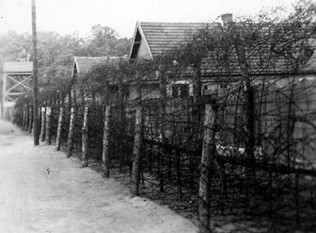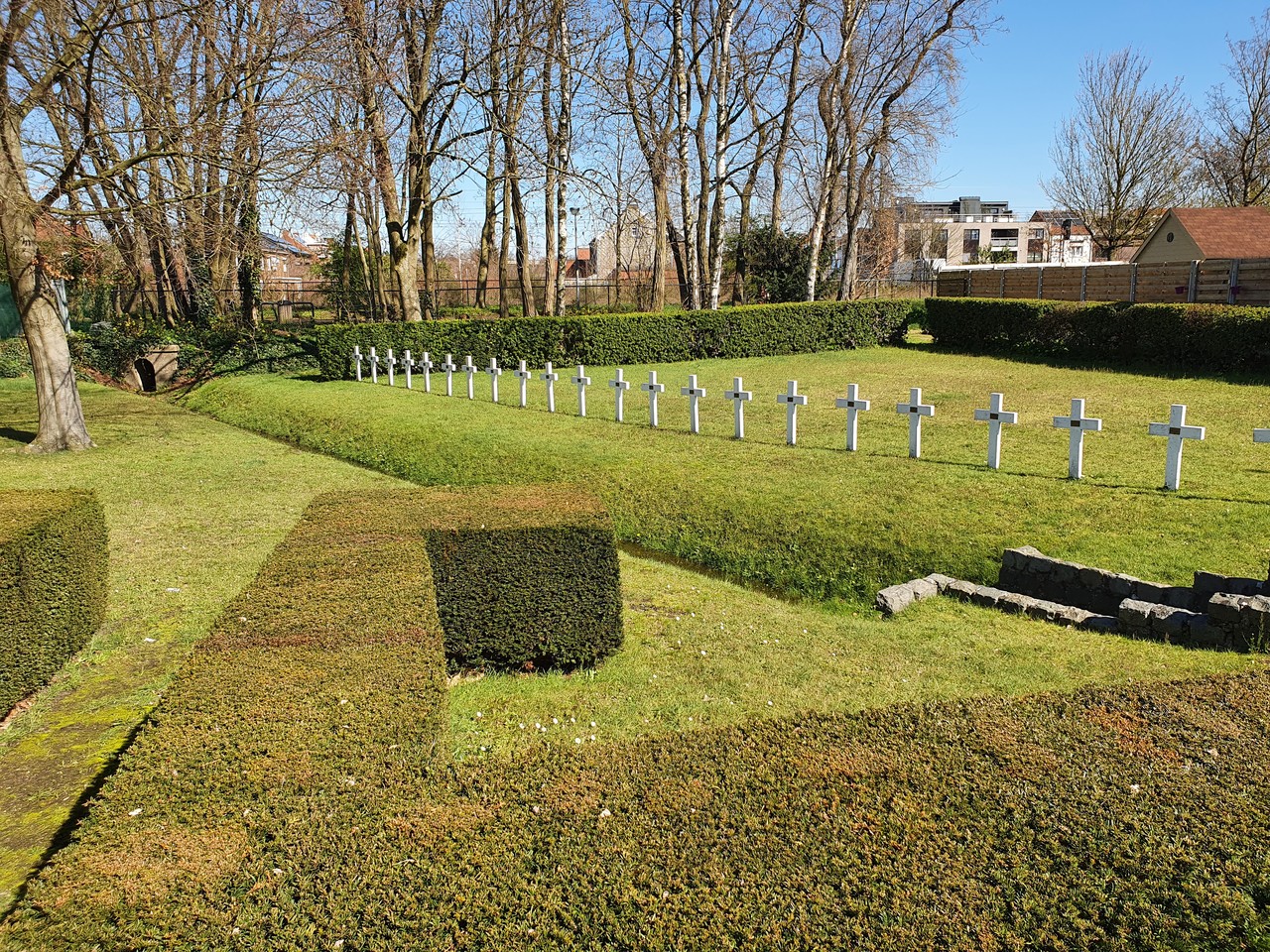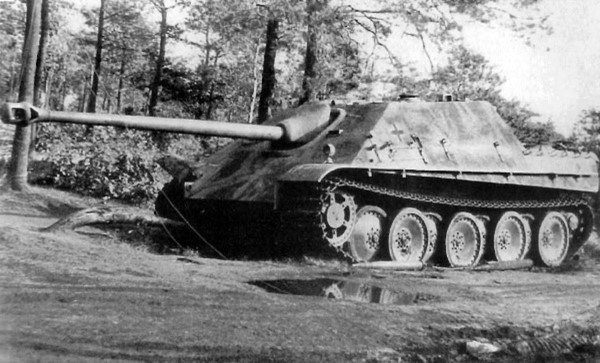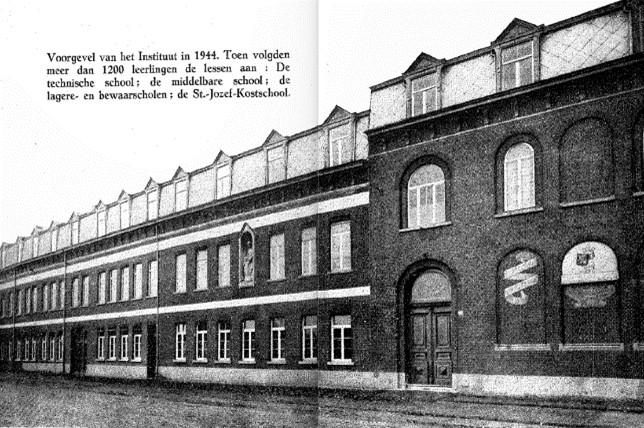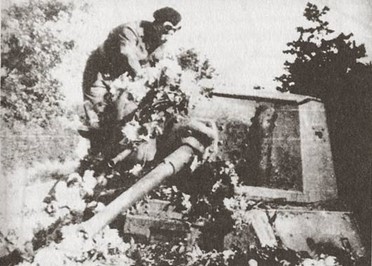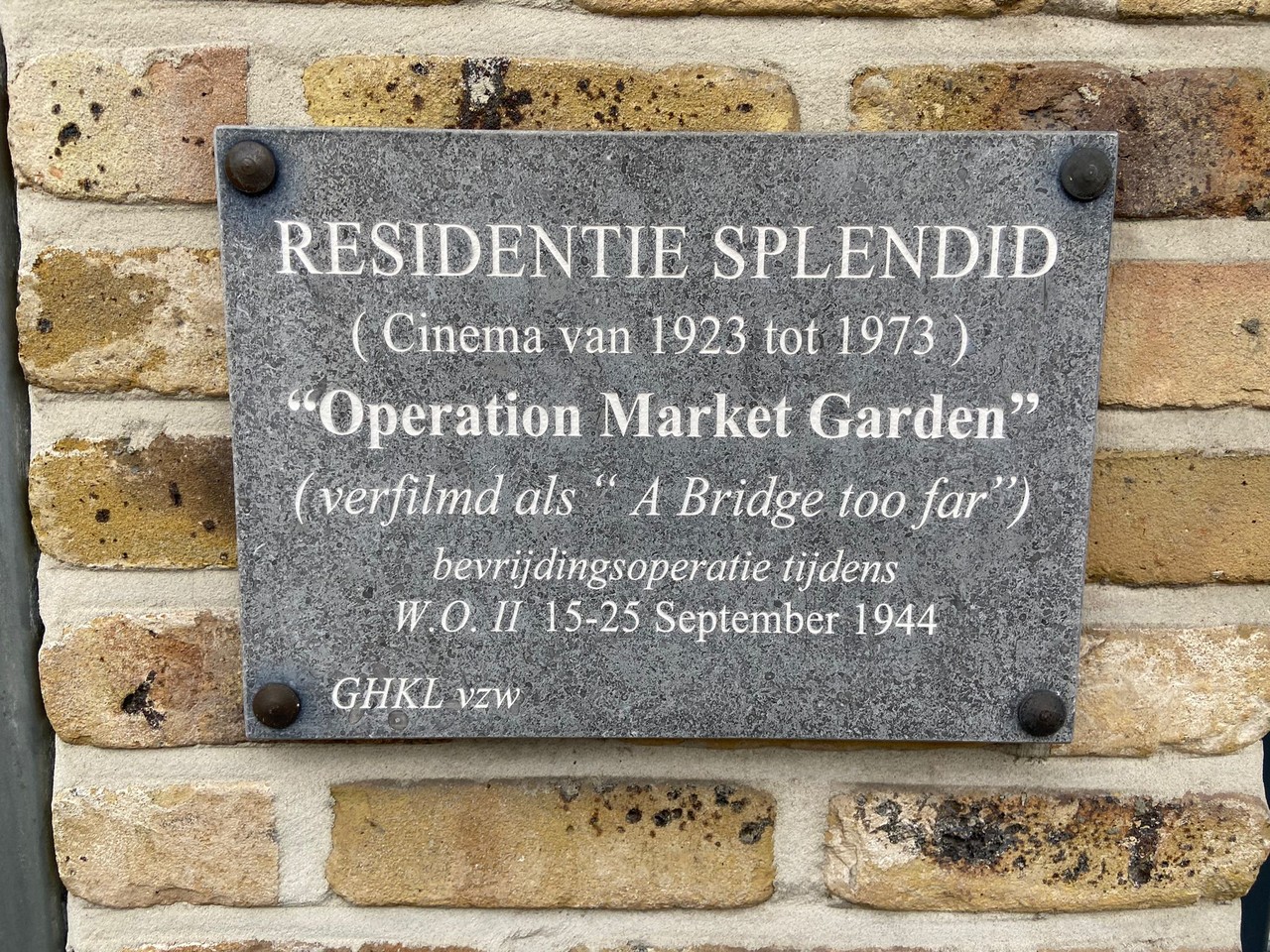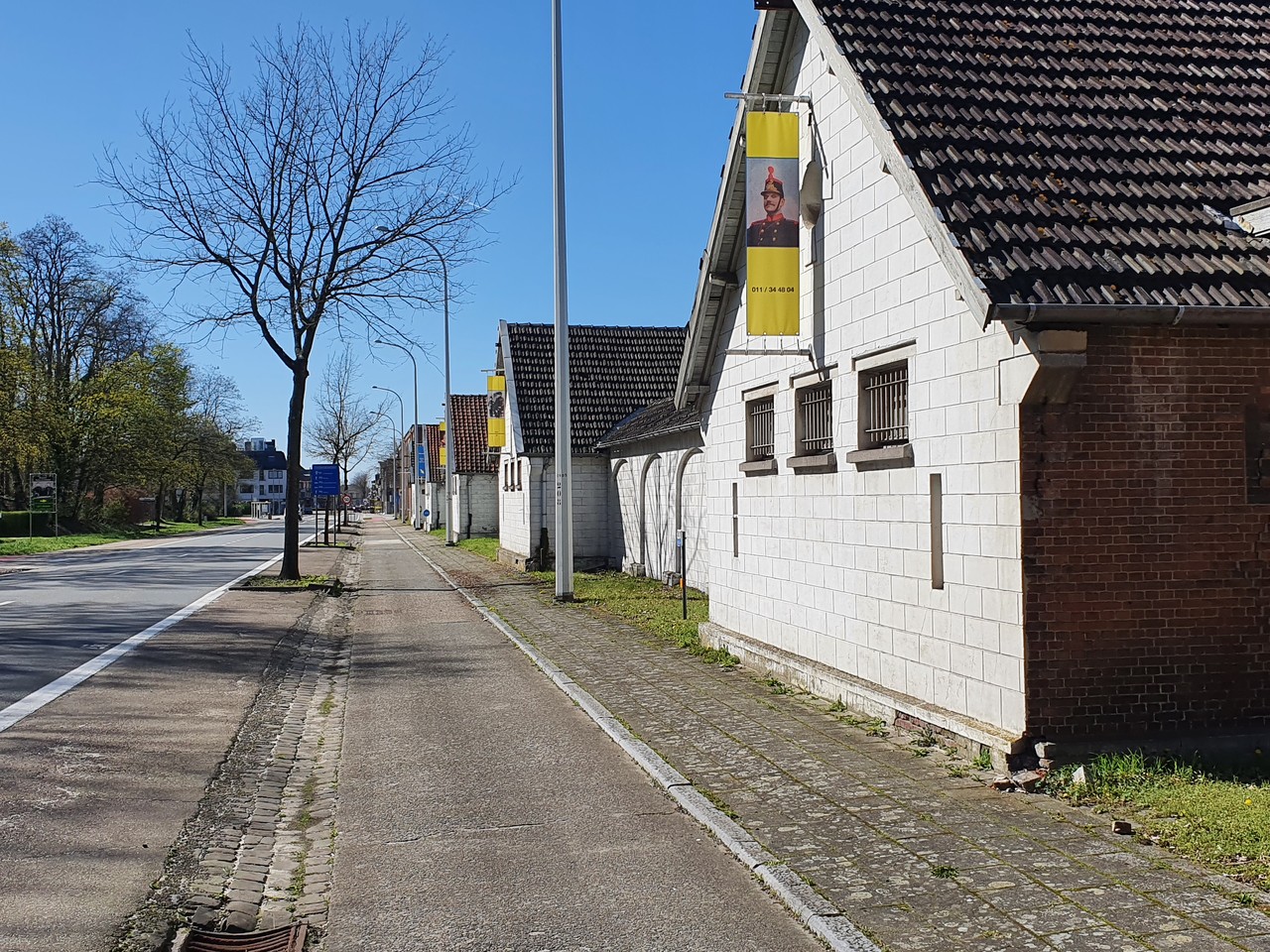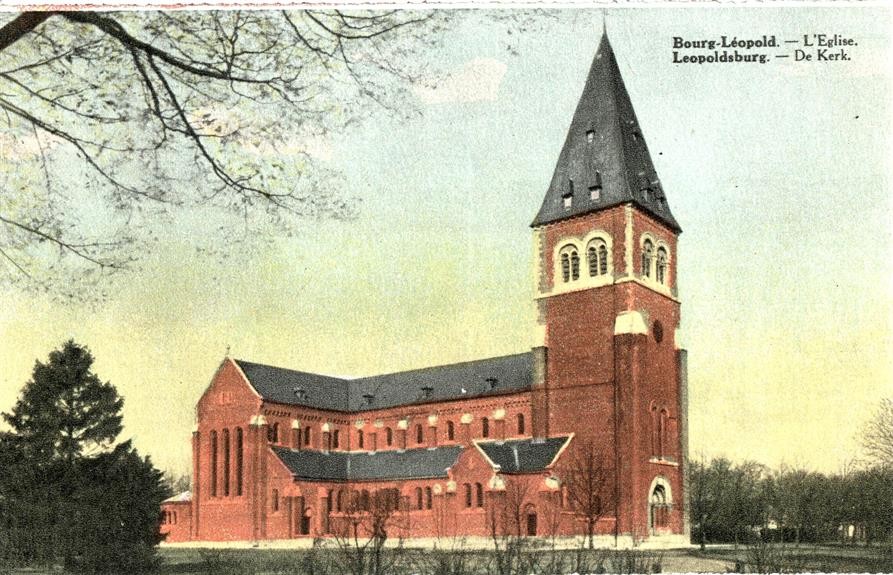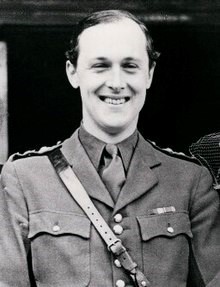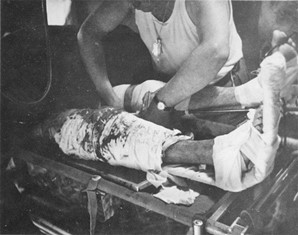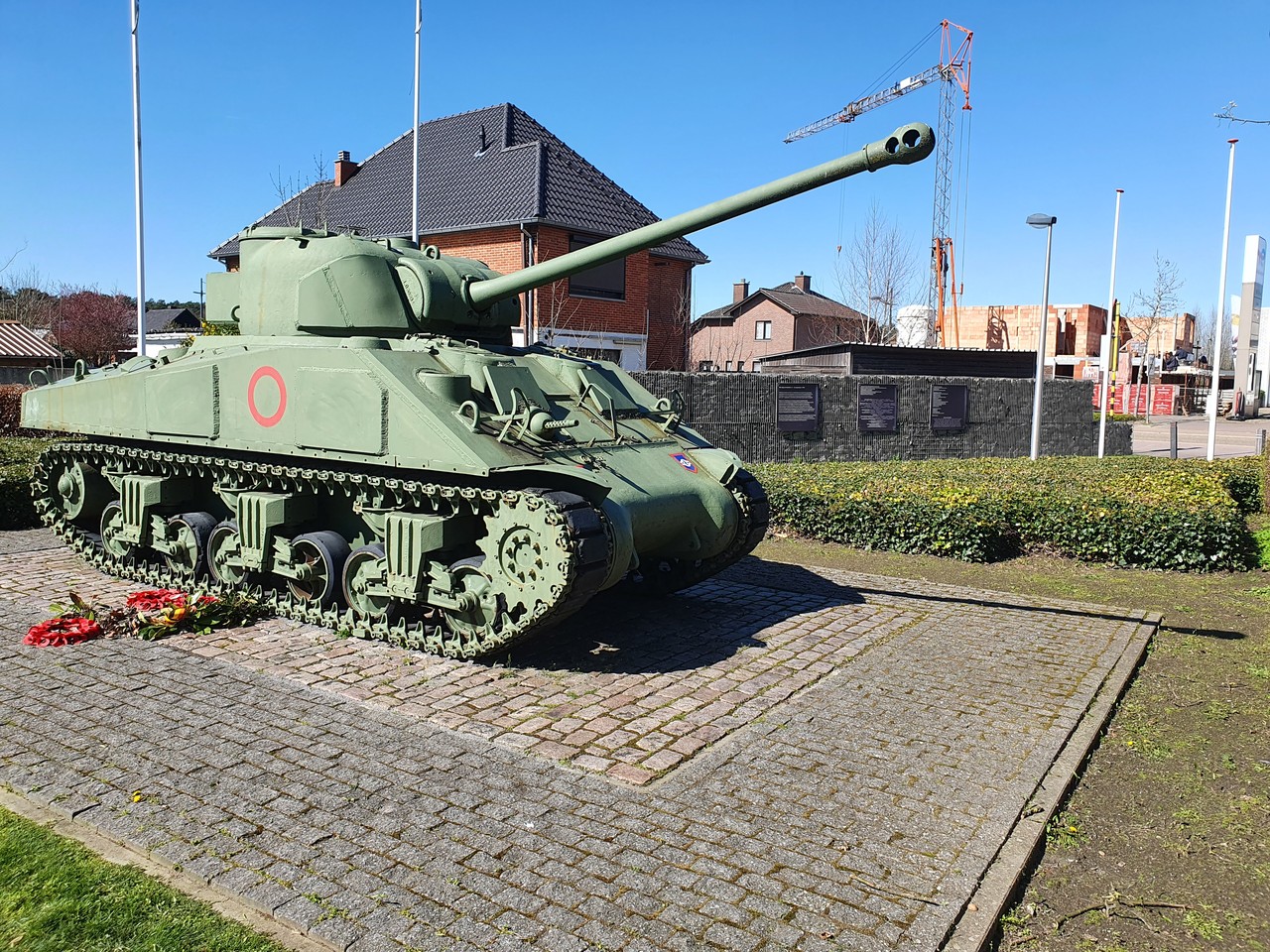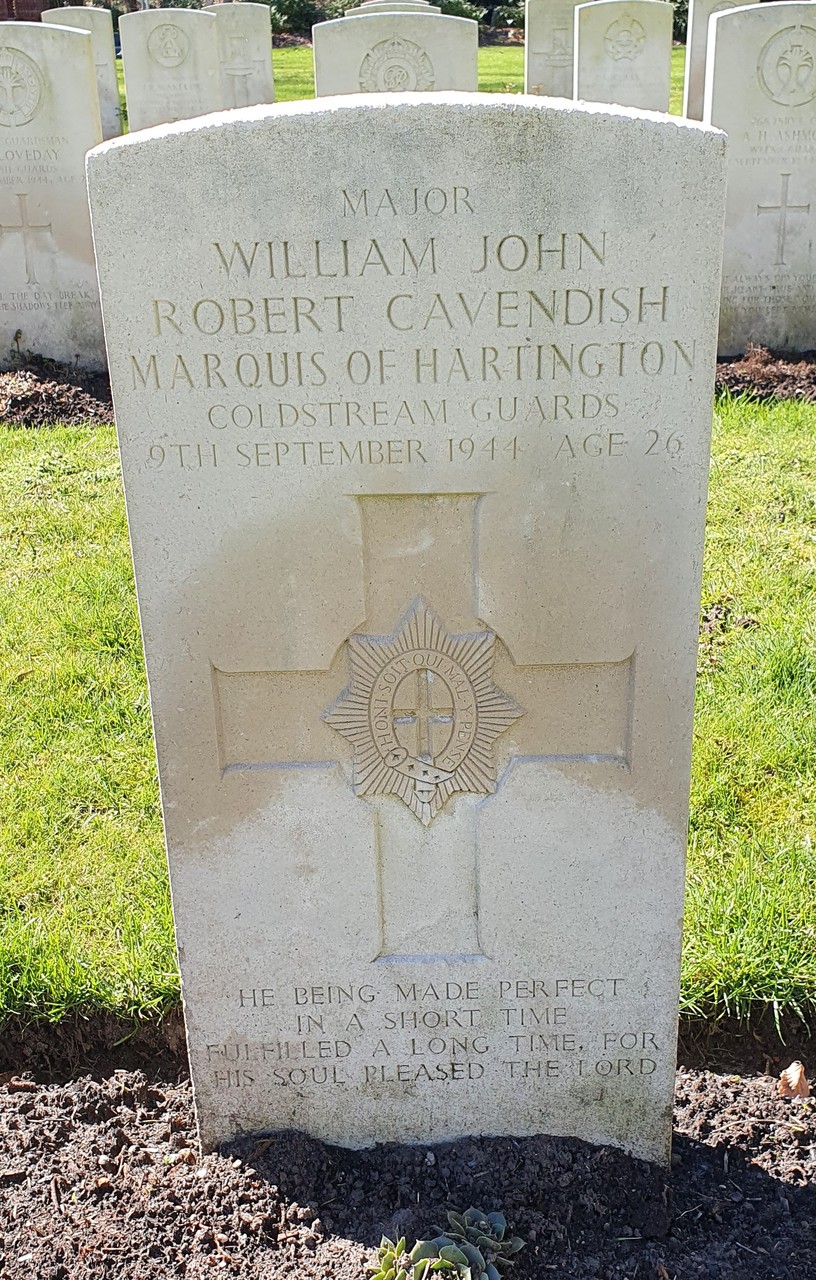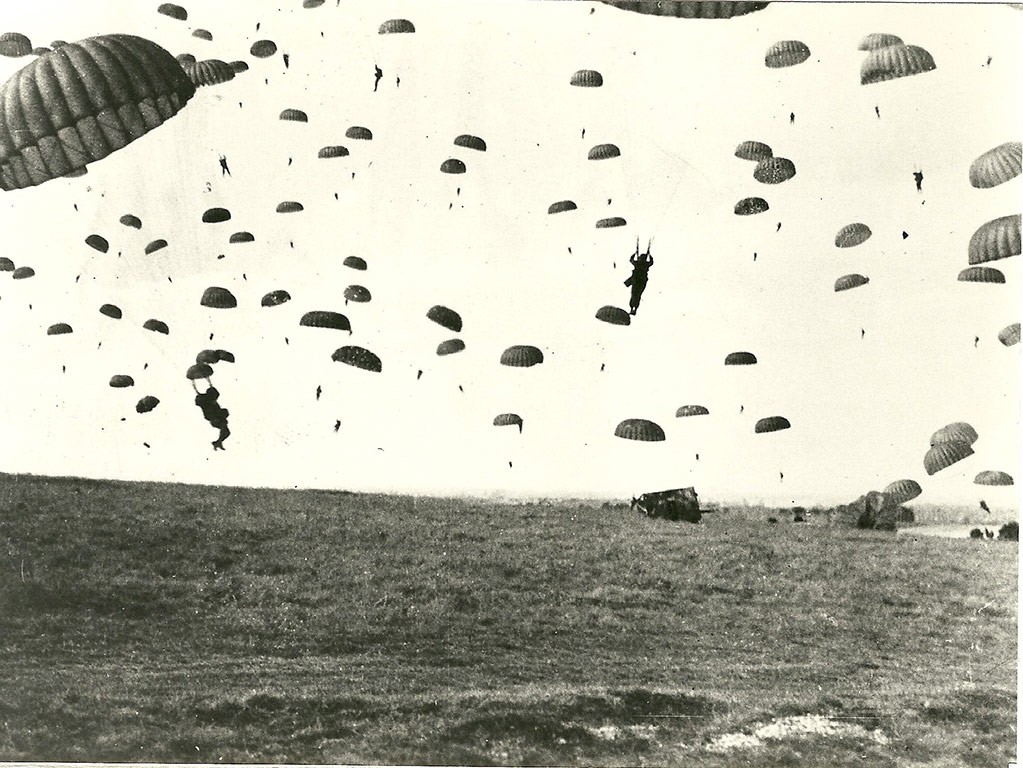Liberation Garden Museum
Belgium
Bookmark
Plan
Share
Directions
Liberation Garden opened in Leopoldsburg in 2023. The 'Chinese Pavilion', an officer's villa from 1850, tells about two hundred years of garrison city Leopoldsburg, and a new building about World War II in the region.
In 1940-44, the German occupiers used the military camp in Leopoldsburg to train and send out tens of thousands of troops to Europe. They also used the camp as a prison and execution site for those who resisted the Nazi regime.
In September 1944, the liberation of Western Europe slowed down when German troops, in sight of their homeland, regrouped and dug in at the Kempen canals in Belgium. As a result, British troops encountered fierce resistance in and around Leopoldsburg, including the death of John F. Kennedy's British brother-in-law,
The heavy fighting in the area obliged the Allies to take a new approach. Thus Operation Market Garden was born. That daring gamble aimed to bypass the Siegfried Line via crossing Dutch rivers, push on to Berlin, and end the war before Christmas. A scene from the iconic war film A Bridge Too Far shows British general Brian Horrocks outlining the plans at Cinema Splendid in Leopoldsburg. For the ground offensive, some 20,000 vehicles and 130,000 British troops gathered in and around Leopoldsburg.
American troops also played an important role in the area. They liberated parts of the province of Limburg to the south and east of Leopoldsburg. During Operation Market Garden, paratroopers of the 101st Airborne Division flew towards the Netherlands via an air bridge over Leopoldsburg. During that operation, they set up field hospitals in and around Leopoldsburg for the many wounded from the corridor to Arnhem. After the operation, the paratroopers rested briefly in the military camp at Leopoldsburg before travelling on to France.
Operation Market Garden failed despite the brave performance of the Allied troops. The Leopoldsburg area became a major logistics centre and home to a large concentration of Canadian Spitfires that helped cross the Rhine and fight the Hitler regime.
After visiting the museum, visitors can explore the the British Commonwealth War Cemetery and the Belgian War Cemetery.






